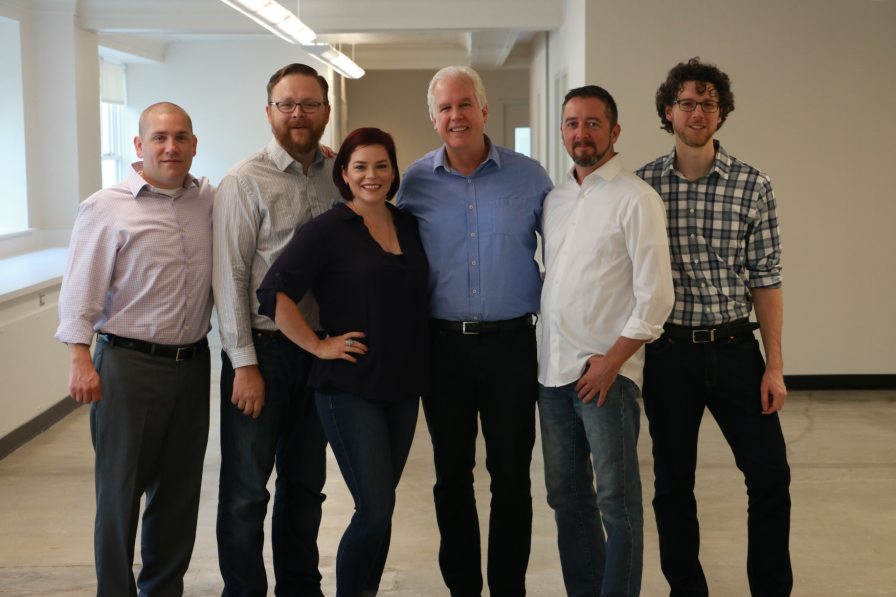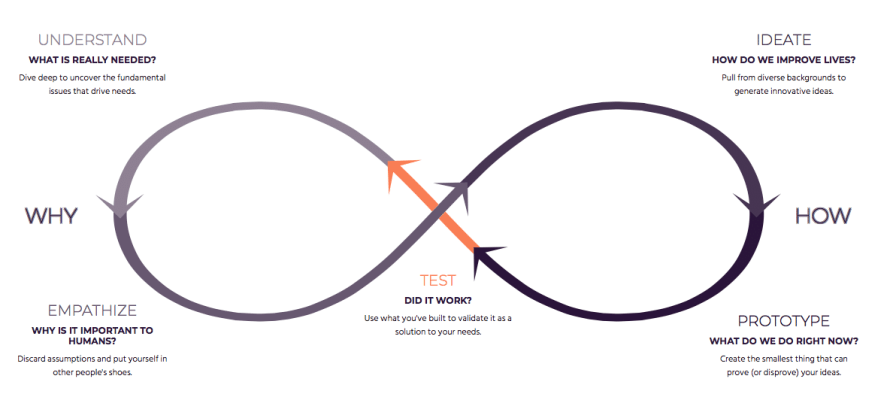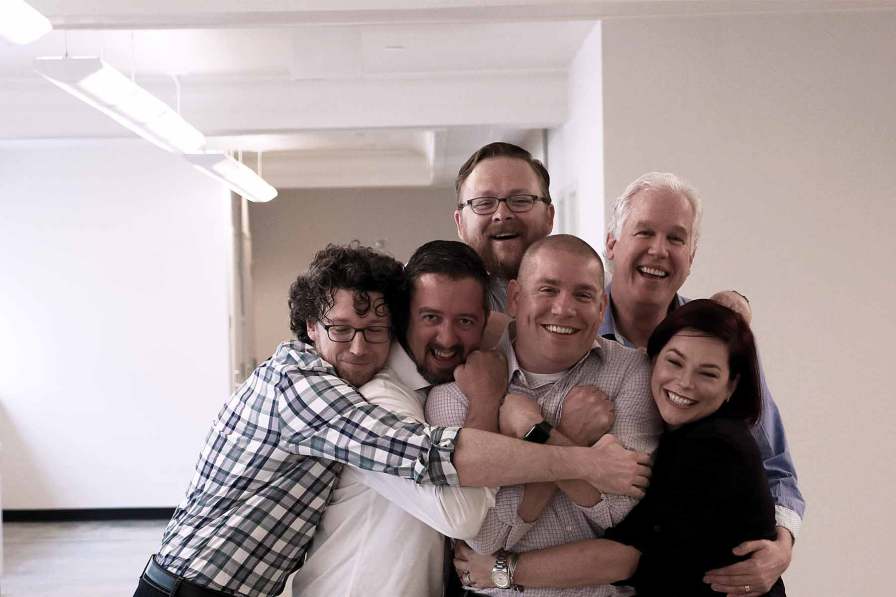We are highlighting another article from Bham Now about a team at Forge. Learn more about the Two Ravens team!
Among the many talented companies that work at Forge, the coworking space located on the second floor of The Pizitz residence building, is Two Ravens. Two Ravens is an “innovation consultancy,” “research and development,” “problem solving” company. Their team consists of six people, and they are always looking to a wide range of individuals in order to come up with the best ideas and constantly improve their business.
But wait, I’m getting ahead of myself.
Who Is Two Ravens?
First, why the name “Two Ravens?” The team referenced Norse mythology and the two ravens of Odin when I asked about the origin of the company name. Mythology has it that the two ravens of the god Odin were responsible for flying all over the world and bringing information back to him. These ravens were responsible for bringing Odin information about the goings-on of the world from a third-party perspective. Two Ravens, the company, feels that this is similar to their business strategy. Their job consists largely of working with companies to be a third-party observant of issues or programs that the company may want to change or address. They bring an observant nature to the gathering of information, then they formulate action steps for those issues.
I sat down with three of the partners to discuss the company: Marc Beaumont, who has a background in Marketing, Donne Garvich, whose background is in tech and team building, and Dr. Lindsay Sutton, whose background is in Psychology, Behavior Analytics and Research.

Business Approach
The team at Two Ravens is quite varied. The best way to describe them is that they are a supergroup. Beaumont shared that the company is truly made up of people in different disciplines that have often worked together in some way in the past. He described them each as having their own unique “superpower” to bring to the team. Many of them worked at the same company previously, but quickly realized they generally had one common goal, so they decided to work together at their own company.
“The common core element that drove us is this really strong internal drive to improve the lives of other people. And what we were finding is this: we had these talent sets that were really complimentary but we weren’t combining them anywhere we had worked before to that end.” – Garvich
The following is a brief description of the company from Garvich:
“Two Ravens was created to help organizations better understand the problems and opportunities ahead of them, and to help them quickly develop solutions that they can bring to the world. We do this by providing research and development-based innovation services that blend expertise in behavioral science, marketing, technology, and operations.”
This thinking is one of the things that makes the company so special. Their approach focuses on research, development and ideation, yes. But the three words that each member used to describe Two Ravens came down to the following: ‘Empathy’, ‘Human’, and ‘Innovation’.

Empathy And The Human Element
A large part of the Two Ravens strategy is something called “empathy mapping.” This is what ties in the empathy factor to the human factor. They describe it as being the outcome of a sum of different observations the team has. This includes “collectively gathering as many different perspectives as you can. [Perspectives] that you’ve heard expressed through conversation, surveys and interviews.” Empathy is introduced strongly into this process. This is the point in which the team at Two Ravens starts to collect information about what the humans want.

They have noticed that a lot of top business men and women in corporate companies eventually become identified AS that company. The downside? Losing the human element. That’s where Two Ravens steps in. Dr. Sutton describes it like so: “Other companies may not dig into why a CEO thinks he needs an app. But we do. Who is it for? How are we changing a behavior or a process that people are engaging in? How are we changing the way they’re experiencing it? And there isn’t a single bit of tech involved in that.” That is purely a human process.
Though they realize that this process takes time, they believe it is worthwhile. The human relationships they are able to help their clients make through the empathy mapping process can be invaluable, as well as helping to find the root of the customers’ wants, needs and pains.
Innovation
Two Ravens bills itself as an “innovation consultancy.” They know that many established companies have a sense of fear attached to the term ‘innovation,’ and are working to change that for the better. Beaumont sums it up nicely: “Innovation is a byproduct of our process. Innovation can sometimes feel scary when it is attached to disruption. Change is not always seen as the best thing, and innovation implies change.”
As Two Ravens’ clients go through this process, they find that those fears are usually unfounded. Dr. Sutton notes that behavior change often happens in small increments. She states that a company might move in small steps but that the output can be powerful: adding value to their clients’ and customers’ lives.
“It’s not scary and unattainable and unreachable. It’s here and approachable and can happen today.” – Dr. Sutton

The Forge Advantage
So what is the best thing about working from Forge?
Of course, the fruit-infused water and elegant, clean bathrooms are nice. The unlimited lunch options available at the food hall are also a nice perk. Overall, though, the community wins. Here’s what the Two Ravens team has to say about the community at Forge:
Dr. Sutton: “Community drives energy. We’re all hustlers in a way, and we are figuring out who we are as businesses. So there is that shared experience in a way. All the businesses are so unique, but the energy that is put out is so productive and positive.”
Beaumont: “The energy. It facilitates interaction. There is an energy dynamic that helps feed the office here at Forge.”
Garvich: “I love the fact that we have community, so we have external viewpoints. They are like coworkers, but they’re not attached to one particular silo, so we have access to people who have viewpoints and conversations, etc. talk to people that are in a whole different world.”
In addition to community, there was an overwhelming gratitude for the way that Forge founder, Kim Lee, has set up the co-working space. The team at Two Ravens notes that as a start-up, the last thing they were thinking about is office furniture. Or a printer. Or anything other than their business plan. They are thankful to Lee for creating an environment where they can come into work and be able to focus solely on their business growth.
